Companies face a quickly changing world where Uber can be the largest taxi company without owning a single vehicle, Facebook is a media company without content production, and Menulog, is a food delivery service owning no restaurants. These are the perfect example how to transform your business successfully.
What may have worked ten years ago for businesses is often outdated today, and those that fail to keep up with changes in technology and their customer’s expectations will be left behind.
There are three different categories of business transformation:
The first is Operational Transformation. This means doing what you’re already doing, cheaper, faster or better. Companies that say they’re “going digital” often fit into this category, since they’re using new technology to solve older problems.
The second type is called Core Transformation, which means doing what you’ve been doing all along, but doing it in a fundamentally different way. One example is Netflix which was once sending customers DVDs and now streams movies and TV shows directly through the web. It also creates its own content, and while customers still use Netflix to be entertained, the way that the company solves this problem has completely changed.
Finally, the last type of business transformation is called Strategic Transformation. This means changing the very essence of your company. Examples include Amazon moving from retail into cloud computing, Google switching from advertising to investing in driverless cars, and Apple evolving from computers into the iPhone.
The type of transformation you choose will depend on your competition, customer base, and financial ability.
Here are some ways you can use business transformation to become irresistible to customers:
Focus on communication
One of the best ways to increase the number of times a customer purchases from you is by communicating frequently. Building a relationship and showing your customers that you care will create loyalty and ensure you stay top of mind.
Email is a great way to do this, and sending targeted emails about related products, new products and services or interesting information will help build your brand and show you as a leader in your niche.
Launch a loyalty program
Depending on your type of business, loyalty programs are a great way to reward repeat customers and get new feet in the door.
Whether you want to offer a discount for signing up to an email list, have a points-based program, or a buy-one-get-one type of reward, launching a loyalty program can create buzz and introduce new people to your product or service.
Leverage technology
One way to increase profitability and keep your customers happy is by leveraging technology, allowing you to reduce admin tasks.
Take a week to analyse the amount of time you and your team are spending on non-strategic tasks and consider implementing some tools that will allow you to make better use of this time, respond to customers more quickly, and make life easier for employees.
Some ways you can do this include updating your software, moving brand assets to the cloud (things like logos, videos, images and marketing copy often end up on USB’s and desktop computers), giving customers access to important information on their mobile devices (usually with an app), and collecting customer data to tailor a better experience for them.
Recommit to customer service
In a world where brands are constantly reaching out to customers through their email, social media, and advertising, it’s easy to get lost in the noise. Recommitting to your customers may mean that you begin surprising them with birthday emails, offer free consultation services, or begin product giveaways.
You may need to launch a new training program for employees, focus on recruiting the best people in the business, and ensure that employees who have contact with your customers go above and beyond to meet their needs.
Use your feedback
Your customers know what they want, and listening to feedback about your products or services will allow you to meet their needs. Encourage team members to pass on both good and bad feedback or any ideas for improvements. This will create a base of ideas and comments for future operational and core transformation.
Plenty of startups have failed after building a product no one wanted, and the success of companies both large and small is dependent on how they connect with customers and solve their problems. This means that you need to analyse and track your sales data and involve customer support staff in key meetings so they can offer a valuable perspective on their interactions with customers and share information with those who will be making future decisions.
Interested in leveraging technology to better meet your customers’ needs? Get in touch today to learn how Intergy can help you transform your business and be irresistible to your customers.




